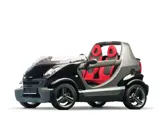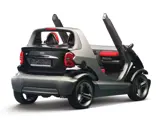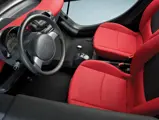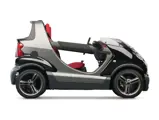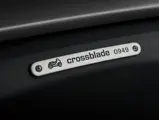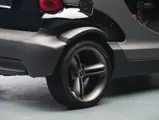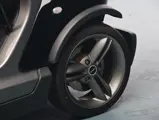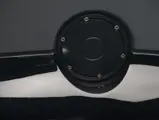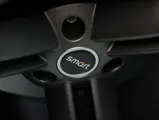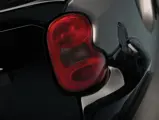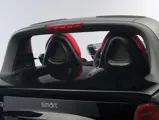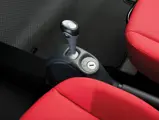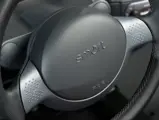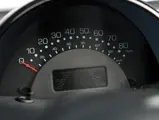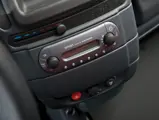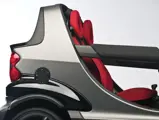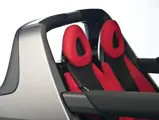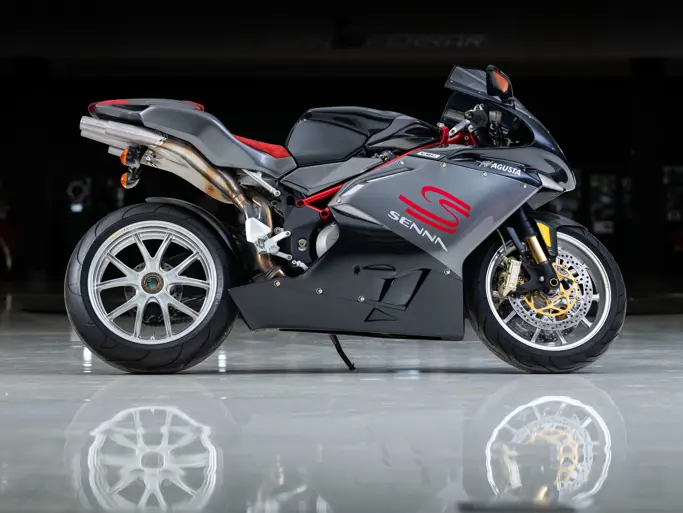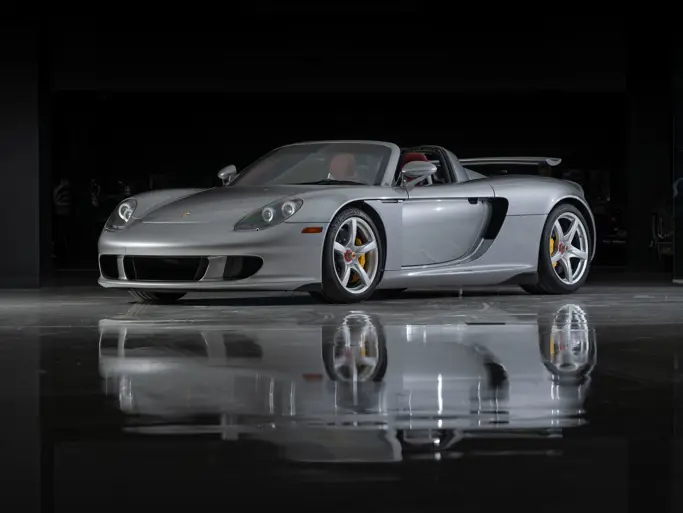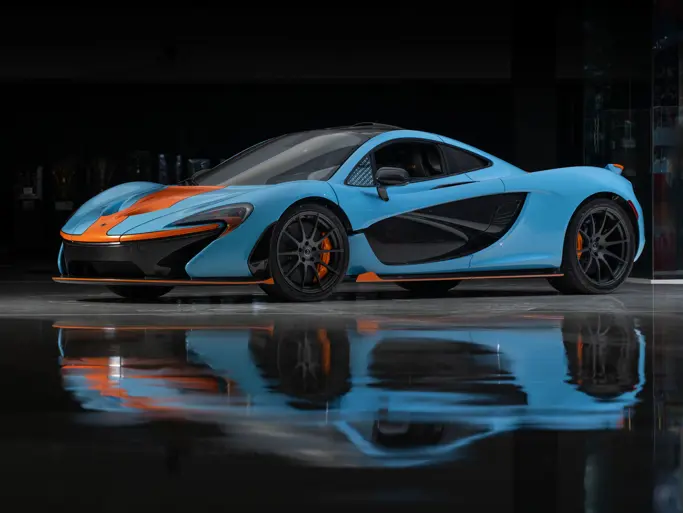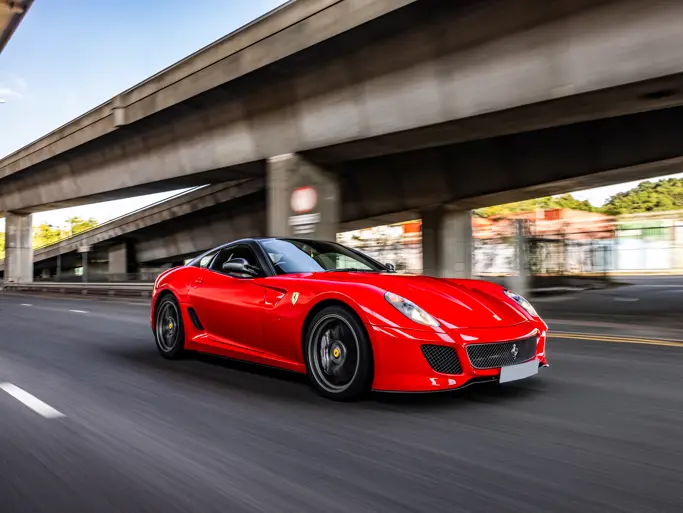The Bruce Weiner Microcar Museum
2005 MCC Smart Crossblade
{{lr.item.text}}
$46,000 USD | Sold
 | Madison, Georgia
| Madison, Georgia
{{internetCurrentBid}}
{{internetTimeLeft}}

An as-new, low mileage example of a limited production Smart Car.
SPECIFICATIONS
Manufacturer: Smart GmbH
Origin: Böblingen, Germany
Production: 2,000
Motor: inline 3-cyl.
Displacement: 499 cc
Power: 70 hp
Length: 8.5 ft.
Identification No. E143R001723
Originally unveiled at the Geneva Motor Show in March 2001 as a concept vehicle, the Smart Crossblade was created under the mantra of “less is more.” Its small size and surprising power output move it along in traffic, due in part to the fact that the car weighs a mere 1,600 pounds. Its introduction created such hysteria that Smart built a limited run of 2,000 individually numbered cars, of which this is car number 0949. Described as “an open leisure car uncompromisingly designed for blue skies and high spirit,” the concept had no roof, doors, or windshield, and it was more like a beach buggy.
The Crossblade is particularly interesting, because it is very different than the “Smart for Two” platform on which it is based. The donor car is a very sensible and very tiny machine best suited to moving two people and groceries, or hand luggage, in an urban environment. They’re relatively economical, and since they are extremely small, they’re easy to park. Driving it is like riding on a rollerblade or a skateboard, an experience which lent itself to the name. Instead of doors, each side has what is essentially a side-intrusion bar that swings down into position to both keep passengers inside and large objects at bay, a system known as the “Tridion Safety Cell,” which is augmented by two sets of airbags. Instrumentation and controls are simple but attractive and functional. With no roof, the interior will get wet if it rains, so drain channels were built into the cup holders, seats, fascia, and floor.
The clever packaging came from Mercedes-Benz, which designed the car for the Swiss Swatch Company and also supplied the base engines, which have been tweaked by Brabus to produce 70 horsepower. Priced at €21,000, the car sold out quickly after it was introduced in June 2002. This sharp example in gloss black and matte grey with striking red upholstery was purchased new by the museum and remains in virtually as-delivered condition, with only 555 miles showing on the odometer. The condition of the interior, exterior, engine compartment, and underside is commensurate with this low mileage and reinforces that this fun and spritely machine is ready for many thousands of miles of use in the years ahead.

